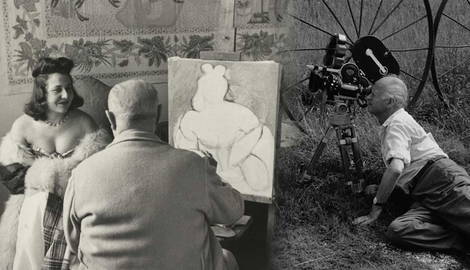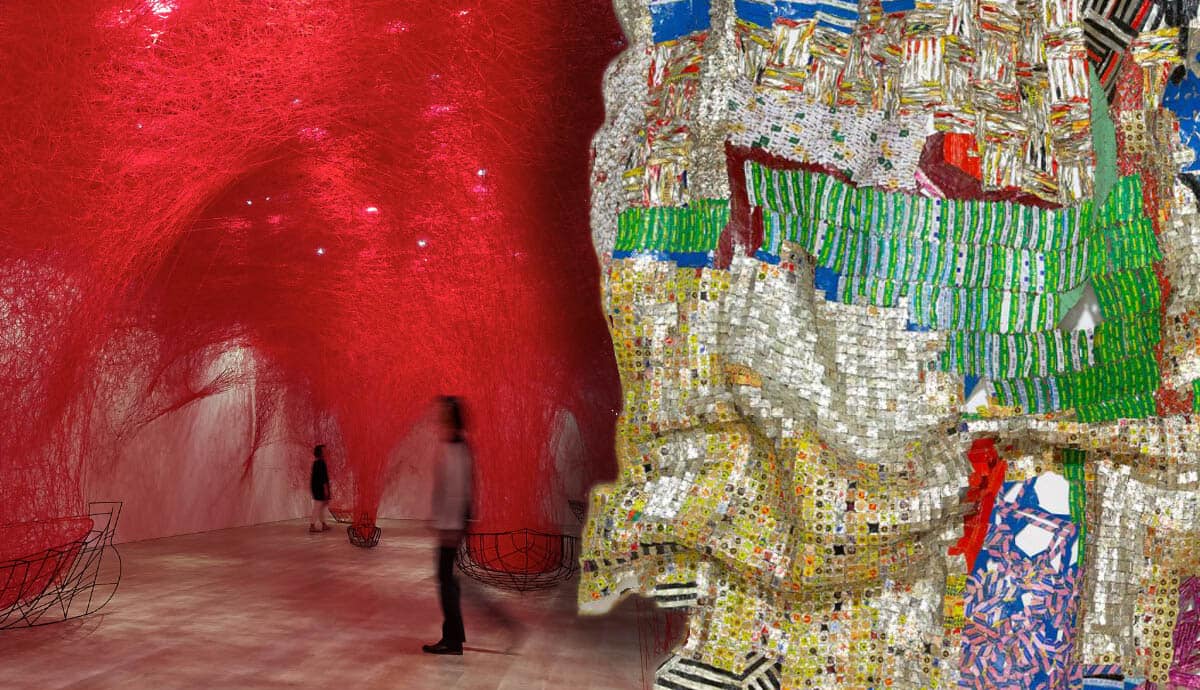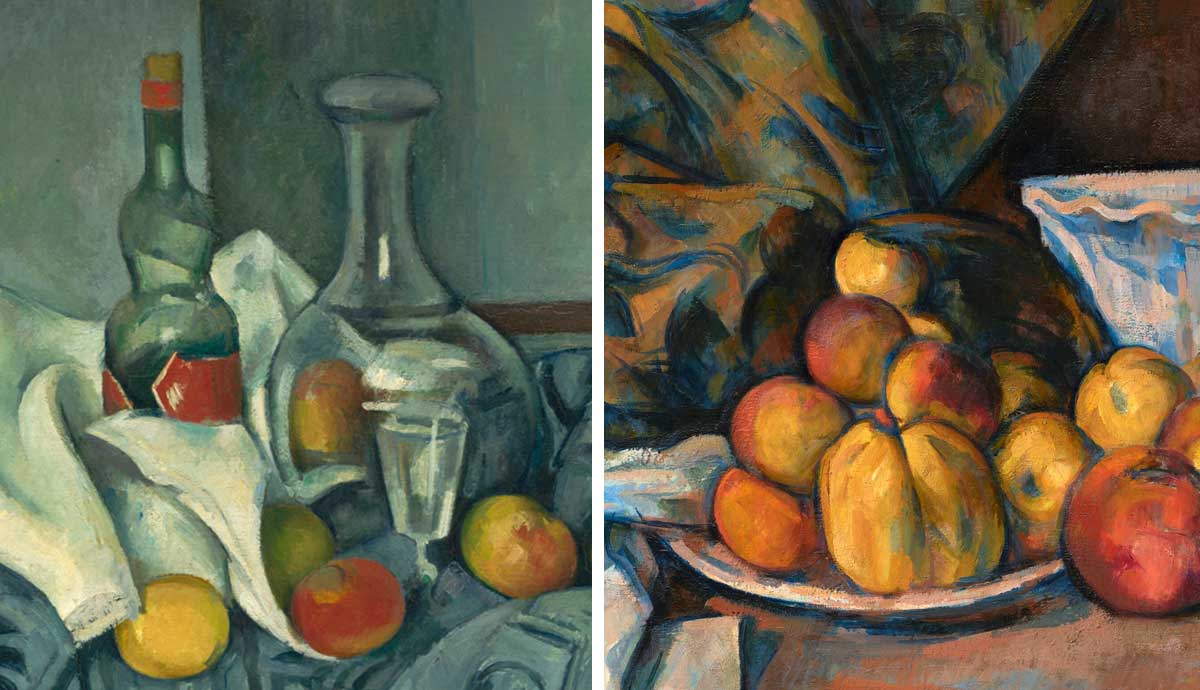
Henri Cartier-Bresson is considered the father of street photography. The artist was also one of the most influential photojournalists of his time. Cartier-Bresson’s revolutionary approach to photography relied on capturing natural movement and action without planned poses or angles. The artist also loved painting, drawing, and filmmaking. Take a closer look at the life of Henri Cartier-Bresson and the main influences that shaped his career.
1. Henri Cartier-Bresson was Born into a Rich Family

Henri Cartier-Bresson was born in 1908 in Central France. His family was affluent. His father owned a successful textile business, and his mother came from a family of cotton merchants. From an early age, the boy demonstrated interest in various kinds of art, and his parents had no hesitation in paying for various tutors and mentors. Although Henri’s father persuaded him to study business, after three consecutive exam failures, the family agreed to finance the artistic aspirations of their son.
His first encounter with photography happened in childhood when he played with a simple cardboard box camera. Still, the revelation of turning it into his principal medium would come to Cartier-Bresson much later in life. The financial stability of his family allowed him to study, travel, and experiment, which was a rare case for aspiring artists. However, Cartier-Bresson was not oblivious to his privilege, using his resources to finance large projects and to help other artists.
2. He Wanted to Become a Painter

Originally, Henri Cartier-Bresson aspired to become a traditional paint-and-brush artist. His uncle, an accomplished painter at the time, taught him to paint starting from the age of five. In his late teens, Cartier-Bresson enrolled in a private art academy, which focused on combining Cubism with classical art. But painting was never enough for the future photographer. Discontent with his efforts, Cartier-Bresson destroyed most of his paintings. Rare works that survived sometimes appear on sale in renowned auction houses. Still, painting and painters were recurring subjects in his photographic work. His oeuvre includes images of Man Ray, Marcel Duchamp, Leonor Fini, and a series of portraits of Henri Matisse during his later years.
3. He Had Close Ties With Many Surrealists

As a young art student in Paris, Henri Cartier-Bresson was fascinated by the emerging Surrealist movement. The Surrealists made use of developing photography and montage techniques. Some traditional artists, including Pablo Picasso, joked that every photographer was actually a struggling artist. Still, the young generation of progressive Surrealists like Dora Maar, Leonor Fini, and Claude Cahun saw photography as a true artistic medium.
Despite his close affiliations and friendships with famous Surrealists like Man Ray, Cartier-Bresson never joined the movement officially. His colleague, another famous documentary photographer Robert Capa, warned him about the dangers of labeling. Capa was afraid that calling themselves Surrealists might limit their future possibilities for experimenting. Still, Cartier-Bresson said that Surrealism was his permanent and primary influence throughout his career.
4. Henri Cartier-Bresson Opposed Static Photography

Henri Cartier-Bresson was not a photographer in the old sense of the word. His models did not sit in a studio wearing their best attire while looking at the camera. In fact, they rarely acknowledged the presence of the photographer at all. The key feature of Cartier-Bresson’s work was what he called the decisive moment. This was a moment when all elements of the composition would align perfectly. The goal of the photographer was to recognize and capture this short instant.
Cartier-Bresson was the pioneer of what is now called candid photography, a genre with no staged movements or planned angles. Instead of rigid poses, the artist preferred active realistic movement. He preferred to use a small camera, so his unsuspecting models would not behave differently. He even painted the shiny parts of his camera black to make it invisible in the street. According to Cartier-Bresson, his goal was to capture natural behavior and dynamism, which was close to impossible with people noticing the presence of a camera.
5. He Traveled to Africa in the 1930s

In 1931, after a suicide of a close friend and a painful breakup, Cartier-Bresson fled to the French colony of Ivory Coast. He expected to see the pure and natural way of life, the romantic and exoticized land of noble savages known from European novels and plays. The reality, however, was different. Soon after his arrival, Cartier-Bresson realized what kind of horrific impact the European colonial regime had on local people and culture.
Eventually, Cartier-Bresson ran out of money and had to hunt animals and sell their meat to the locals. Although he had a small camera with him, the photographs of the trip were scarce. At the time, Cartier-Bresson still regarded himself as an artist, using photography as a preliminary sketch only. After contracting blackwater fever and having a near-death experience, he had to return to France in late 1931.
6. He Spent Most of World War II in a Prisoner Camp

As World War II unfolded, Henri Cartier-Bresson was mobilized and joined the Film and Photo Unit of the French army. However, he did not spend a long time on the front line. In June 1940, he was taken prisoner during the Battle of France. His next three years would pass in a work camp for war prisoners, full of abuse, violence, and debilitating labor. Cartier-Bresson attempted to escape three times, with two unsuccessful attempts punished with solitary confinement. His third attempt in 1943 was a successful one.
After escaping, Cartier-Bresson dug up his camera (he hid it on someone’s farm before he was captured) and joined the French underground resistance movement, gathering evidence on German occupation. He became one of the faces of wartime journalism. He even traveled to Paris to cover its liberation by the Allied Forces.
7. He Founded Magnum Photos

Soon after the end of World War II, Henri Cartier-Bresson, Robert Capa, and their colleagues founded Magnum Photos, a cooperative owned and run by photojournalists dedicated to covering events in the world. Magnum’s authors also focused on injustice, showing decades-long documentation of poverty, exploitation, and inequality. In 1966, Cartier-Bresson retired from Magnum, hid his camera in a closet, and returned to his first love of painting and drawing. Magnum Photos continues to thrive, with its community expanding and the original values still in place.
8. He Traveled to the Post-War USSR

In 1954, Henri Cartier-Bresson was invited to come to the USSR. This happened less than a decade after the end of the devastating war and just a year after the death of Joseph Stalin. Cartier-Bresson’s goal was not to paint a morbid picture of a country recovering from totalitarian rule but to show its regular citizens’ daily life. The residents of Moscow and Leningrad (now Saint Petersburg) read, work, shop, play chess, and attend sports events.
Soviet officials in France warned Cartier-Bresson that the negatives had to be developed in the USSR and therefore, checked. This demand, along with the fact that Cartier-Bresson mostly captured central parts of the two major cities, provoked criticism from the Western public. Many people believed that the living conditions in the capital were far removed from the reality of life in small and remote parts of the huge country.
9. He Was a Filmmaker

Apart from his career as a photographer, Henri Cartier-Bresson created documentary films. He directed six documentaries. His first cinematographic work was the 1937 film Return to Life, which showed the American medical aid to Spain, torn by the civil war. In 1944 he shot The Return, a film on the repatriation of war prisoners.
Henri Cartier-Bresson’s last cinematic works Impressions of California and Southern Exposures essentially reflected the same idea, although in different contexts. The first one revolved around the Vietnam War, showing the pro-war and anti-war activists clashing as daily Californian life went on. The second film used the same formula, focusing on the American South, which contained both the remains of racist Confederate glory and the progressive ideas of a new generation.
10. Henri Cartier-Bresson Had a Lasting Impact on Photography

Henri Cartier-Bresson left a lasting impression on both art and journalism. Today, he is recognized as one of the pioneers of street photography and one of the leading photojournalists of the 20th century. Although his photographs were seen by thousands of people all over the world, Cartier-Bresson himself avoided being photographed. His work shows us detailed evidence of the twentieth century focusing on all the fascinating, hard, tragic, and mundane aspects of the lives of people from various parts of the world. Countless young photographers adopted his philosophy and methods of work.










